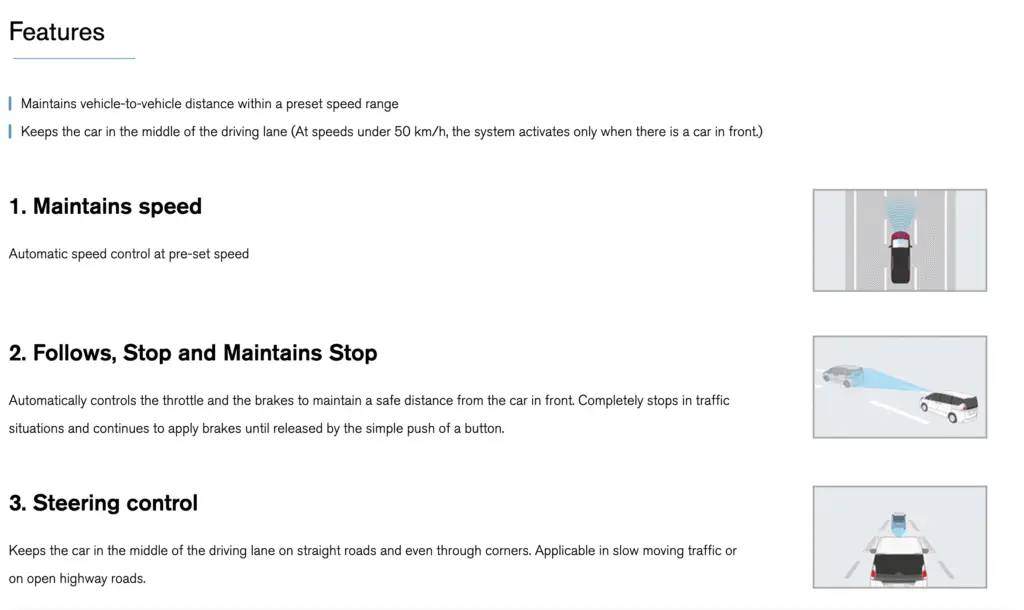Nissan Brings Next-Gen ProPilot to City Streets
Nissan Motor Co. has taken a bold step toward the future of autonomous driving with the debut of its next-generation ProPilot driver assistance system. Unlike the current version, which is limited to highway use, the new system is designed to handle complex urban environments hands-free.
The prototype demonstration in Tokyo underscored Nissan’s ambition to make city commuting easier, safer, and more efficient through advanced automation.
Targeting a Fiscal 2027 Release
The Japanese automaker plans to roll out production vehicles featuring the advanced ProPilot technology in fiscal 2027. This new system integrates Level 2 autonomy, meaning drivers must remain attentive and prepared to take over when conditions require it.
Nissan executives emphasized that while the technology offers hands-free operation, safety remains the top priority, and constant driver monitoring will still be essential.
Answering Market Challenges With Innovation
Nissan’s move comes at a time when the company is grappling with sluggish global sales and fierce competition from rivals like Toyota, Tesla, and Hyundai. By showcasing next-generation driver assistance technology, Nissan hopes to reignite consumer interest and reposition itself as a leader in automotive innovation.
Analysts say the technology could become a cornerstone of Nissan’s turnaround strategy, helping it compete more aggressively in the electric vehicle and advanced driving sectors.
Recommended Article: Trump to Impose $100,000 Annual Fee for H-1B Visas in Blow to Tech
The Ariya EV as the Test Platform
For the demonstration, Nissan used its Ariya electric vehicle as the base for the prototype. Equipped with high-precision sensors on the roof, along with 11 cameras and five additional sensors strategically placed around the car, the vehicle was able to map its surroundings in real time.
This multi-sensor setup provides the ProPilot system with the data required to detect vehicles, pedestrians, road signs, and traffic signals, all of which are vital for navigating urban roads.
Expanding Beyond Highway Driving
The leap from highways to city streets is a major milestone for autonomous vehicle development. Urban environments present unique challenges, such as unpredictable traffic, pedestrians crossing unexpectedly, and narrower roadways.
Nissan’s upgraded ProPilot aims to handle these complexities, bringing drivers closer to the possibility of safe, convenient hands-free commuting. Industry experts say this could mark one of the biggest advancements in everyday driver assistance since adaptive cruise control.

Level 2 Autonomy Explained
While the system is being promoted as “hands-free,” it is officially classified as Level 2 autonomy. This means that drivers must keep their eyes on the road and be ready to intervene at all times. The vehicle can manage steering, acceleration, and braking, but human oversight is mandatory.
Nissan stresses that this balance between autonomy and responsibility ensures both innovation and safety, preventing overreliance on technology.
Building Toward a Long-Term Vision
Nissan executives framed the unveiling as part of a broader vision for the future of mobility. By gradually expanding the capabilities of its ProPilot system, the company hopes to create a pathway to more advanced levels of autonomy in the coming decade.
The eventual goal is not only to provide convenience but also to reduce accidents, improve traffic efficiency, and reshape urban mobility. If successful, the 2027 rollout could become a defining moment for Nissan’s transformation.















